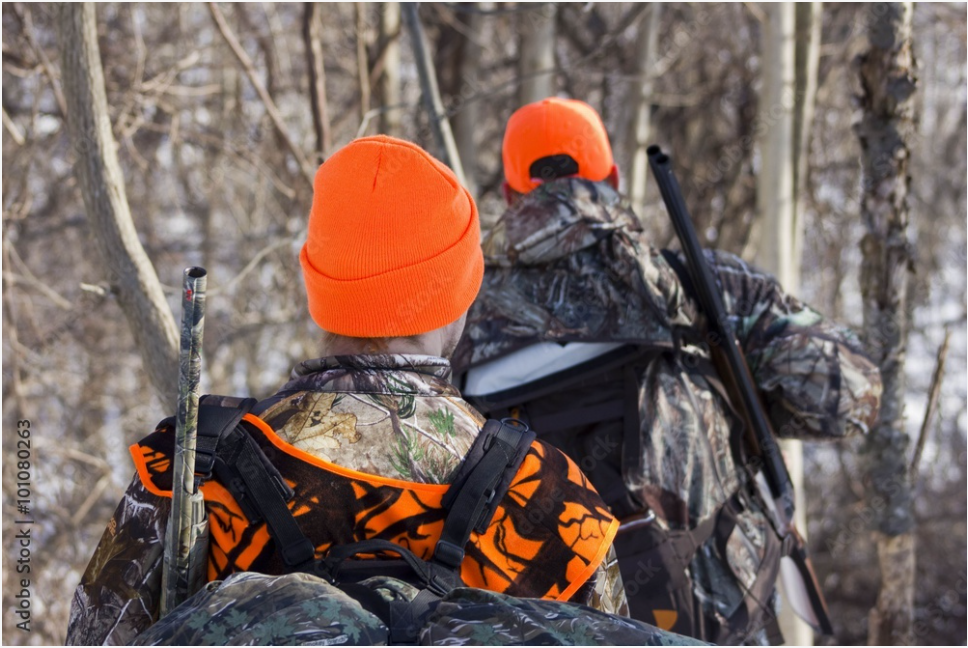
Be Smart. Hunt Safe.
Hunting is a tried and true hobby for many people across the United States. We want you to keep hunting for many years to come, and one way to do so is through hunger education. Hunter safety prevents hunting and shooting incidents and improves hunter compliance with hunting laws. Regardless of where or what you are hunting, make sure you’re doing it safely.
By law, Missouri requires a hunting education course for any hunter born on, or after, January 1, 1967. Since hunting education became mandatory in 1987, hunting accidents and deaths have decreased by more than 70 percent.
Take better aim with these hunter safety tips:
- Wear hunter orange when in the woods. This identifies your hunting location to other hunters.
- Dress defensively. Never wear red, white, blue or black when turkey hunting. Red is the color most hunters look for when distinguishing a gobbler’s head from a hen’s blue-colored head, but at times it may appear white or blue.
- Know the effective range of your gun.
- Always identify your target before putting your finger on the trigger so there are no hunting accidents. Trigger discipline is key!
- Never shoot at sound or movement. Assume it is a fellow hunter until you can clearly identify the animal. Better to be safe than sorry.
- Be aware of your target and what lies beyond it.
- Make sure your equipment is in good working condition and your firearm is properly sighted in.
- If hunting on private land, know where all boundaries, houses, roads, fences and livestock are located on the property.
- Report observed violations of the law to a conservation agent or local sheriff.
- Understand and obey wildlife laws and gun safety.
- When using a camouflage blind, tie hunter orange on each side of the blind so it can be seen from all sides by other hunters.
- If you are an inexperienced hunter, seek out experienced hunters to learn from.
- If you are involved in a firearms-related hunting incident, identify yourself and seek assistance. Failure to do so is a Class A misdemeanor.
Tree stands offer a better vantage point, a larger field-of-view and you can see game faster than hunting on the ground. However, tree stands can also lead to many accidents during deer hunting season.
If you are use a tree stand, here are some extra safety tips for you:
- Practice with your stand at ground level, gradually going higher. Take advantage of your local conservation department shooting ranges and outdoor education centers’ practice poles. These are free for public use.
- Use proper procedures for securing the stand to a tree- don’t throw those directions away! Read the warnings and instructions from the stand manufacturer before each season.
- Only use stands that meet the Treestand Manufacturers Association (TMA) standards rated for your weight and the equipment you wear or have with you on the stand.
- Always use a safety harness that meets TMA standards and is rated for your weight and your gear.
- Attach your safety harness to the tree from when you leave the ground, throughout the hunt and when you descend to the ground.
- Always position yourself so you can step down onto your tree stand to test its stability.
- Never climb into a tree with a loaded gun or arrow ready to shoot.
- Always use a haul line to raise or lower your gear, including unloaded firearms, bows and arrows.
